Plus:
- Why The First Draft of A Sales Letter Is A Lot Like A Fatty Cut of Steak…
- The Best Piece Of Copywriting Advice I Ever Got…
- How To Not Let Your Inner Critique Sabotage Your Writing Efforts…
- And A Lot more…
One of the best pieces of copywriting advice I ever got came from my now-wife Laura, when I was first starting out.

She told me to not get stuck on any single piece of a sales letter, but to instead just keep writing and finish my first draft, no matter how crappy or raw I thought it was. This doesn’t sound overly profound, but I promise you it is.
For both new and seasoned copywriters, there’s always a temptation to tweak/edit/enhance/delete/ as we’re writing. Perhaps we don’t like a particular transition from one section of our letter to the next.
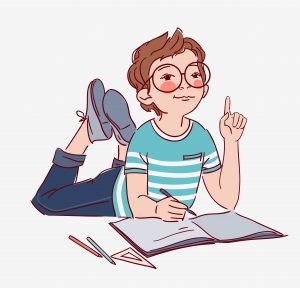
Maybe we need to add more proof elements or credibility to a particular part of the letter. Or we just feel as though there are places where the writing is crummy. In many respects, writing great sales copy comes down to our ability to manage our inner critic – that voice in our head that loves saying “nothing is good enough.”
Telling Your Inner Critic To Take A Hike…

There are times where having an inner critic can be useful – like when we’re stress-testing a big idea, or during the editing process – but it’s almost always detrimental during the initial writing process. There’s nothing more discouraging than getting hung up or stuck on a small portion of your sales letter for hours. Not only does it zap your energy and make you feel frustrated, it also kills your motivation. Plus, even worse – it’s a total waste of time.
The much better approach, I’ve found, is if you view your first draft as something like an outline. Like a broad sketch, something that can be filled in afterwards. And there are three main reasons why I think this is the best approach to writing long-form copy:
1. Completing a first draft of a sales letter is a huge moral victory.
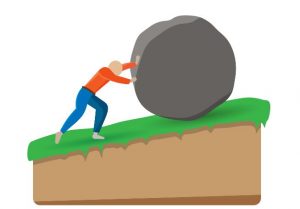
Writing long-form copy can be an intense and emotional process. One where you’re battling that inner critic, expending tons of mental energy, and immersing yourself in words. For this reason, the moment you finish writing a sales letter, you’re going to experience a combination of euphoria and relief. You’ll almost certainly find that finishing a sales letter increases your sense of self-confidence too.
2. Once you’ve finished your first draft, you’ll likely realize that a lot of 
the parts you hated during the writing process actually aren’t that bad. Hell, they may even be GOOD. The reason why is all about context. When you’re hyper-focused on one small part of your letter, you’re not seeing the forest through the trees.
3. A full draft of a sales letter provides you with the context required to make intelligent edits, additions, and subtractions. Going back to the beloved saying of “forest through the trees” – once you have a completed draft, it’s a lot easier to chop-down the occasional sick/diseased tree in service of the greater good of the entire forest.

Or, in the case of your sales copy, to edit or cut a few sentences, without it screwing up your entire sales letter.
Personally, my first drafts are almost always far too long. But this doesn’t bother me in the slightest – because I can always cut later. I recently explained it to one of my consulting clients like this:
It's Like A Delicious Steak…

Think of the fattiest, juiciest, piece of steak you can imagine. You can always trim off the fat to make the steak leaner and meatier. But trying to add the fat back on later becomes weird. You’d end up with a meaty cut of steak that’s surrounded by chunks of fat. Not only is it gross, it’s also not cohesive. It leaves the diner feeling uncomfortable and confused. It’s the same thing with your sales copy.

This isn’t to say that you can’t add more stuff to your sales letter after completing the first draft. In fact, you almost certainly will. Instead, what it means is that you should look at later additions as seasoning that will give your copy more flavor. This is in contrast to entire pieces of meat. Adding seasoning to a steak is normal. Adding random chunks of meat and fat is bizarre and unappetizing.
So, What Does Any Of This Have To Do With Flemish Painters?
I was recently talking about all of this with one of my consulting clients, and I wanted to find a good analogy to use. I started searching around the web, looking for examples, and eventually found an interesting blog post titled “How To Paint A Portrait Like The Old Masters.”
Here are the steps:
1. Choose Your Master
2. Prepare Your Surface
3. Grid Up
4. Create An Accurate Drawing
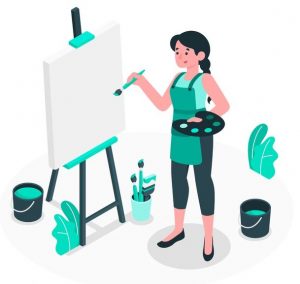
5. Apply the Imprimatura
6. Establish Your Flesh Tones
7. Establish Values
8. Paint in the Hair
9. Paint the Ébauche
10. Finish the Ébauche
11. Start The Final Pass
12. Focus On The Eyes
13. Take A Controlled Approach
14. Finish and Varnish
Now, don’t feel overwhelmed, we’re not going to pour through all of these steps in laborious detail. Instead, I just want to highlight a few major notes. And I’m going to do it in a way that makes sense even if you don’t know a thing about painting (I know next to nothing about art techniques).
1. Choose Your Master

^^^ For sales copy, I’d equate this to finding a good “swipe” or sales letter you want to model off of. Swiping is your ticket to consistently better copy done faster. Don’t be too proud. Don’t try to reinvent the wheel here. Look at what the “Masters” are already doing, then modify or tweak that to make it your own.
2. Prepare Your Surface
3. Grid Up
4. Create An Accurate Drawing
5. Apply the Imprimatura
6. Establish Your Flesh Tones
7. Establish Values
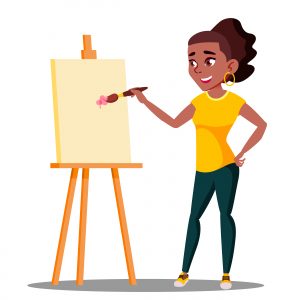
^^^ These steps are all about setting things up. And because I’m sure you have no idea what an “Imprimatura” is (I had no idea) – it’s basically just the background color you paint your canvas.
I’d liken these steps to the RMB portion of my RMBC Method [Research, Mechanism, Brief, Copy).
The reason why is because they are all about prep work, just like the RMB Steps are:
First, you need to do Research to understand your target market, what you’re selling, and how you’re selling it.
Next, you need to do the technical work of figuring out the Mechanism behind the problem you’re solving, and the solution you’re offering.
Third, in the Brief component you’re establishing and mapping out everything that will be included in your sales copy.
Following these steps makes writing your first draft much easier.
8. Paint In The Hair
9. Paint the Ébauche
10. Finish the Ébauche
^^^ I also had no idea what an “Ébauche” was. So again, I googled it. From Wikipedia: “Ébauche is a term used in art to denote the first preliminary underpainting or quick sketch in oils for an oil painting.”
In other words, the Ébauche is your first draft. And these steps here are all about starting and finishing your first draft.
As the author of the blog I’m referencing says:
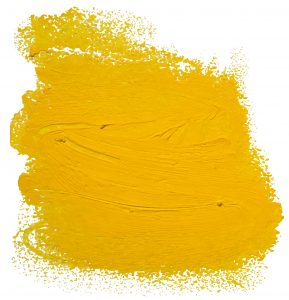
“The values and colours in the ébauche stage – my underpainting for the art work – aren't going to be exactly how they'll appear in the final. I look for the average colour and value for the area that I'm painting. “
It’s a wonderful analogy for writing your first draft. Your words won’t be exactly as they’ll appear in your final draft, but they’ll give you a foundation to perfect upon.
11. Start The Final Pass
12. Focus On The Eyes
13. Take A Controlled Approach
14. Finish and Varnish
^^^ And as you can probably guess– these steps are where you go back, bolster/tweak/improve, and end up with your final draft.
So that’s it for now. But please, if you’re a copywriter who does long-form, please heed this advice. It will make your life as a copywriter dramatically simpler.
– SPG
P.S. This post originally came from an email I sent to my private list. If you want to see more stuff like this from me, you can apply to join my list using this link.
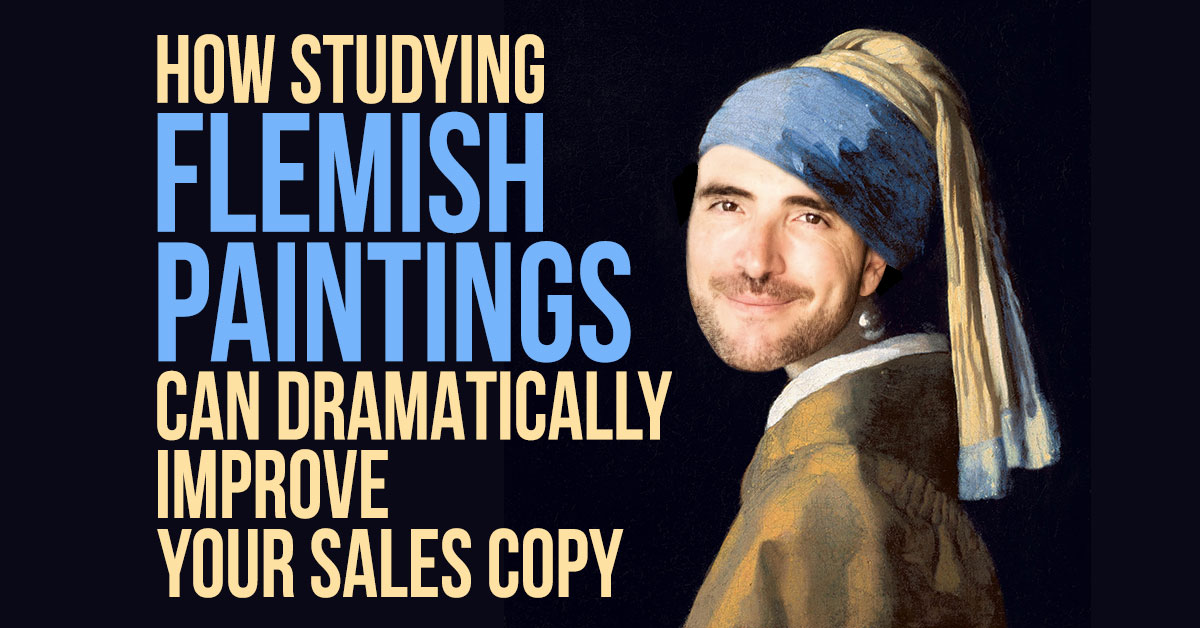
0 Comments